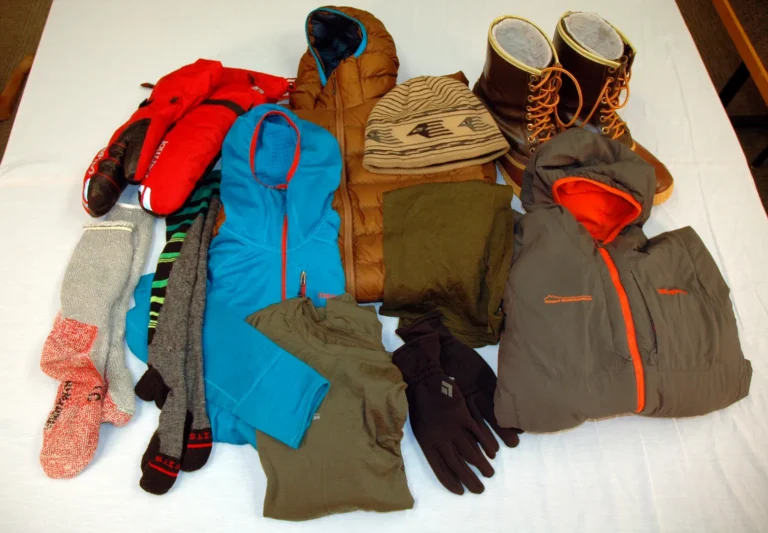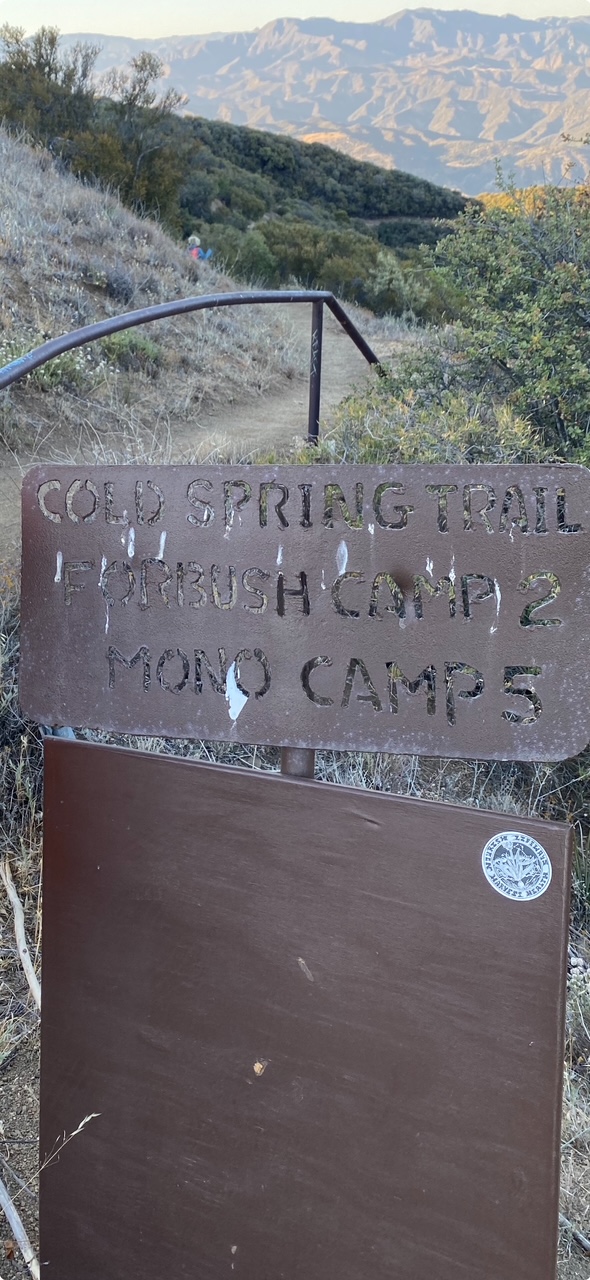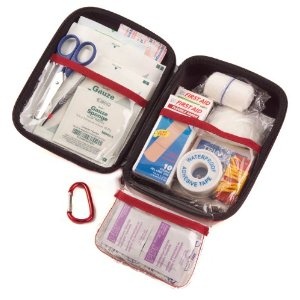The Voice of Experience
Body Tune-Ups #1
Orthopedic surgeons know all about “runners knee” and “bikers wrist,” but they have few, if any, labels for backpacking-specific maladies. That’s because ours is a slower, safer way to enjoy the world. “Less than one-tenth of 1 percent of our emergency room business can be attributed to backpacking”. “Most of the injuries are ankle sprains, cuts and bruises, allergic reactions – are just severe enough to ruin a trip, but not enough to actually put a person out of commission.”
As for why such injuries, minor though they are, occur in the first place, “Because people haven’t conditioned their bodies to fit their goals.”
STAY HEALTHY ON THE TRAIL:
1. Being in shape
2. Eating right
3. Using common sense
GO HIKING
The best way to prevent injuries and stay in peak condition is, quite simply, to go hiking and backpacking. Don’t make your big trip your first outing of the year. Take dayhikes on local trails to condition your knees, back, and lungs. That way you’ll not only get your body accustomed to the trail, but you’ll also have a chance to experiment with fitting your pack. Even if you plan to go out for just day, pack as if you’re heading out for your upcoming week-long trip. A few hours with a loaded pack on your back will not only increase your fitness, it’ll help you reconsider taking some “necessary” but weighty equipment on that big trip.
STAY LOOSE
Top competitive bikers, runners, skiers, and climbers know stretching is essential to avoiding injuries and maintaining athletic fitness. At home, stay limber on a day-to-day bases by stretching your shoulders, back, neck, calves, and hips. Out on the trail, take a brisk walk around camp each morning sans pack, and stretch a bit before hitting the trail. Then start hiking slowly to give your legs and back time to warm up. Stretch again on your first break, then gradually increase speed to your normal pace. Here are some stretches recommended by orthopedic surgeon.
- Williams Flexion stretch: This stretch is good for your lower back muscles, which can tighten from carrying a pack. Lie on your back with legs relaxed. Gasp your right knee and pull it gently to your chest. Hold knee to chest or 15 seconds, then release. Gasp your left knee and repeat the exercise. Repeat this sequence several times.
- Hamstring stretch: Tight hamstrings will cause your lower back to hyperextend, and can lead to back pain and other problems. They can also aggravate bad knees. Sit on the ground with your left leg extended, and the knee straight but not locked. Bend your right leg, bringing the sole of your foot toward the knee of your left leg. Keep your back straight and gently lean forward without bending the straight leg. Concentrate on feeling the stretch in muscles at the back of the thigh on the straightened leg. Hold the stretch 10 to 20 seconds, then relax. Switch leg positions and do it again. Repeat the sequence 10 times.
- Calf stretches: Stand facing a wall, rock, tree or other solid object at a distance of about 2 feet. Lean against it, using bent arms to hold yourself up. Place one foot several inches behind the other, with both pointing toward the tree. Keeping both heels on the ground, bend your forward leg while keeping your back leg straight. Concentrate on stretching the calf muscle of your back leg. Hold 10 to 20 seconds, then relax. Switch position of legs and stretch the other calf. Repeat sequence 10 times.
- Quad stretches: Stand on your left foot, using a tree or other object for stability if necessary. Bend your right leg at the knee and raise your foot behind you until the heel is close or touching your buttocks. Gasp the ankle of your right foot with your right hand. Gently pull on your foot to stretch your thigh area. Keep your back straight at all times. Concentrate on feeling the muscles stretch in the front of your thigh. Hold for 10 to 20 seconds, then relax. Change legs and repeat sequence 10 times.
- Shoulder stretch #1: Raise your right arm above your head, bend at the elbow, and drop your hand behind your neck. Gasp your right hand with your left hand and gently but firmly pull the wrist sown toward the opposite shoulder. Hold for 15 seconds. Repeat with the left arm.
- Shoulder stretch #2: Gasp your right elbow with your left hand. Pull your elbow across your chest toward the left (opposite) shoulder. Pull gently for 15 seconds. Repeat several times with each arm.









